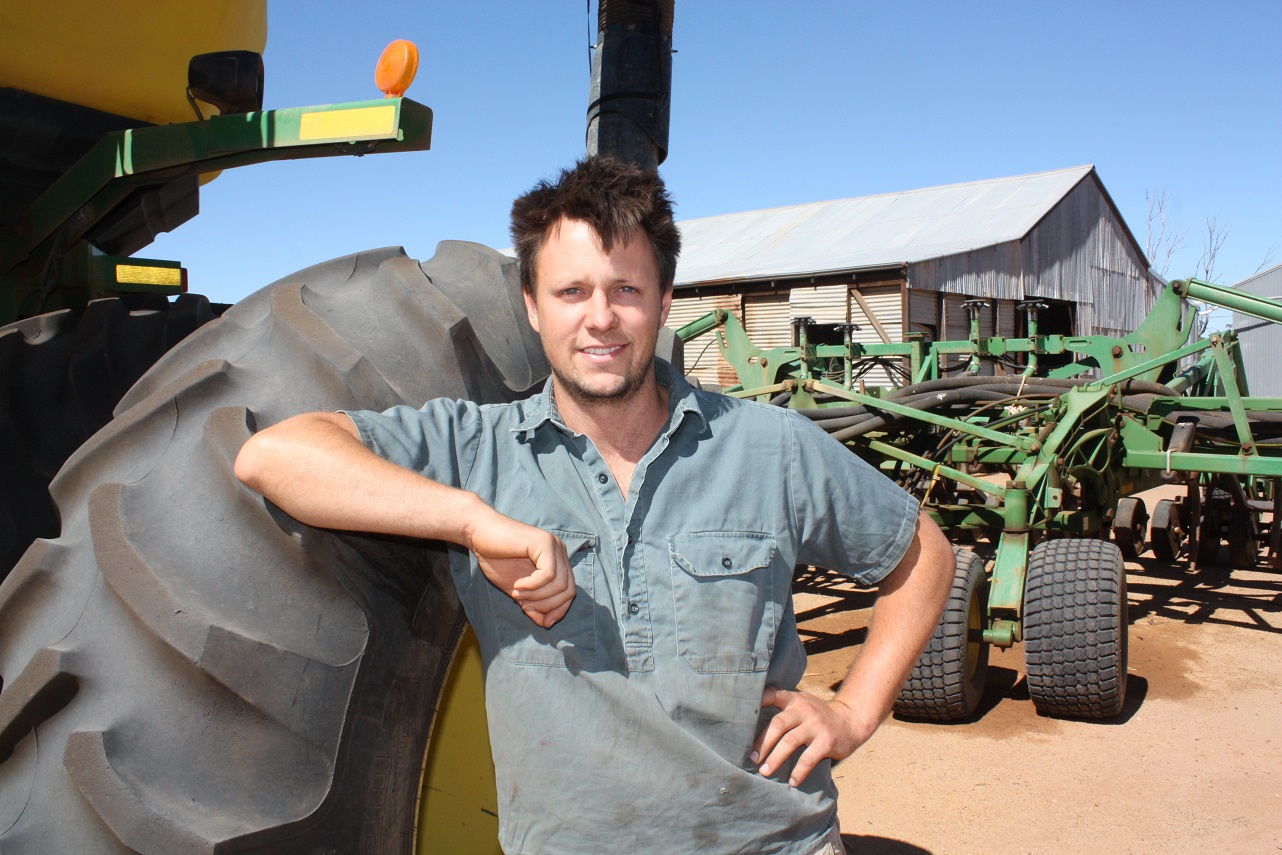At a glance
Who: Dylan Hirsch
Where: Western Australia.
with Dylan Hirsch
At a glance
Who: Dylan Hirsch
Where: Western Australia.


Over the last 20 years, Australia has become a major and reliable supplier of canola into the European biofuel market. This market provides a price premium over other canola markets, because it can only be accessed by growers who meet sustainability requirements, and are efficient enough to meet on-farm GHG emission limits. Why? Because if on-farm GHG emissions are high then biofuel provides no GHG reductions over regular diesel.
Thankfully the vast majority of Australian broadacre farmers are efficient, however they probably don’t have the time to complete their own on-farm GHG calculations (however they are free to do so).
So in order to continue to access the biofuel market, the Australian Oilseeds Federation (including me during my time at CBH), the Australian Export Grains Innovation Centre and CSIRO published a report in 2017 to quantify average on-farm GHG emissions from canola produced by different regions across Australia.
This required data such as canola yield, on-farm fertiliser use, compound makeup and where it is imported from, soil carbon and other attributes, rotation, and other inputs including pesticides and fuel.
The results were that Australian canola GHG emissions are quite low compared to the rest of the world, and we may just be one of the lowest GHG producers if we had more information to prove it, such as knowing where our imported urea comes from and how it is produced, and how much nitrogen is lost from N2O volatilisation from our soils.
This experience certainly opened my eyes to the opportunity of low GHG commodity grains.
In addition to biofuel, there’s global fashion, food and cosmetic companies demanding low GHG produce to meet their own GHG targets.
If we can access the information which enables more accurate GHG calculations to be done, we can harness consumer demand to reduce on-farm emissions, and make money doing it!
Whilst we could sit and wait until this happens, we could also put ourselves in a better position to access this market by understanding which practices reduce our emissions the most.
Quite often the best GHG practices are often the leading agronomic ones, so the cost would be negligible but the upside could be significant.
Australian Country GHG Emissions Report for Canola: https://www.csiro.au/~/media/AF/Files/Australian_Country_Report_for_Canola_Nov2017.pdf
ABC Article Summarising GHG Report: https://www.abc.net.au/news/rural/2017-12-18/australian-canola-approved-as-low-emission-fuel-for-europe/9269232
Biograce GHG Emissions Calculator: https://www.biograce.net/home
What’s your story?
Do you have or know a good story related to net-zero work and plans in WA’s food and fibre supply chain?
Please let AgZero2030 know at info@AgZero2030.org.au, or @AgZero2030 on Twitter and Instagram.